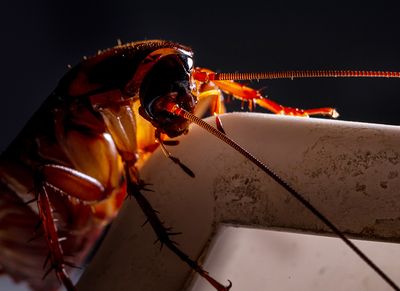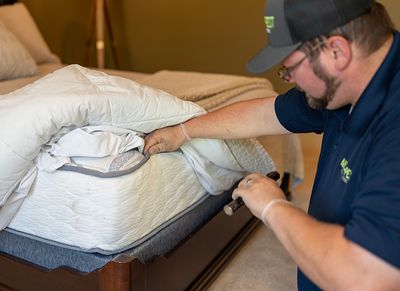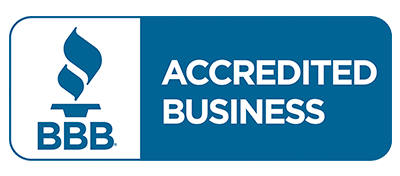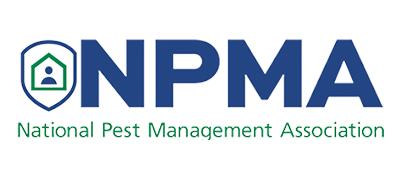What do millipedes look like?
Millipedes are brown or black arthropods with elongated, cylindrical bodies and multiple legs. Although their name suggests they have a thousand legs, they actually have 30 to 90 pairs, or 60 to 180 legs. The best way to identify millipedes is by their unique and observable defensive mechanism. When touched or threatened, millipedes will curl up to protect themselves.
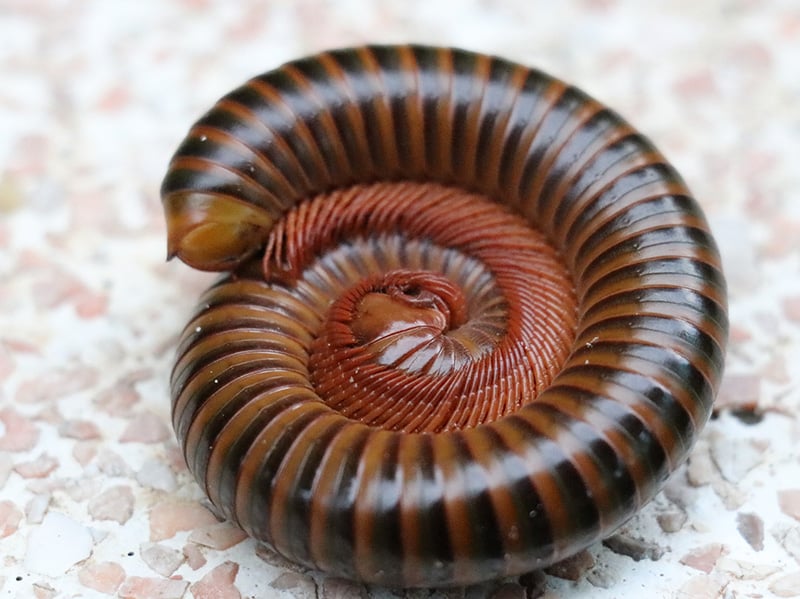
When are millipedes most active?
What's the difference between millipedes and centipedes?
Millipedes and centipedes are often mistaken for each other because they both have many legs, and both have a pair of legs on each body segment. The position of their legs is not the same though. Millipedes' legs are tucked under their bodies while the legs of centipedes stretch out to the sides.
Along with some visual differences, millipedes and centipedes differ in their behavior patterns. Millipedes search under rocks and in moist dark locations for food that is lying around. Centipedes are hunters that subdue their prey with venom. Millipedes are slow crawlers, and centipedes move quickly.
What do millipedes eat?
Millipedes prefer to eat detritus, which is decaying plant and animal matter. Here are a few examples:
- Animal remains
- Dead leaves
- Algae
- Fungi
- Decaying wood
- Grass clippings
- Roots and tubers
- Microorganisms
- Moss and lichens
- Herbaceous plants
When these critters get into your home, you will have a hard time hiding food from them. They can live on a surprising diet of things that are not fit for human consumption.
Are millipedes harmful?
No. Millipedes are not particularly harmful. They don't bite and are not known to spread harmful bacteria. The issue with millipedes is that they are plentiful and annoying. They can enter a home by the hundreds. The reason to contact a licensed pest control service professional is not to guard against danger but simply to create a barrier to keep these annoying pests from getting in.
What attracts millipedes?
Millipedes explore landscaping and prefer to find damp or humid environments that have the food sources noted above. Here are some specific examples of what might attract millipedes to your yard:
- Leaf litter
- An overwatered lawn
- Damp landscaping
- Leaky spigot
- Puddles in low-lying areas
- Compost
- Grass clippings
- A stack of dead branches or bark
- An acid pH balance in your soil
- Exterior lights
- Dark or shaded areas
A millipede can come into any yard, but these conditions can increase activity and allow these pests to reproduce quickly.
How do I get rid of millipedes?
To eliminate and prevent millipedes from infesting your property, consider signing up for Anti-Pest's ongoing residential pest control service. This year-round service includes regular pest treatments and protection from over 20 common house-infesting pests, including these nuisance pests! We also offer commercial pest control services.
How can I prevent millipedes?
You can take steps to address the attractants listed here. Along with removing what may attract millipedes, you can also apply pest-proofing to keep millipedes from entering your home. We suggest sealing gaps around utilities, filling holes and openings on the exterior of the structure, and replacing or installing weatherstripping.

Testimonials


Our Services
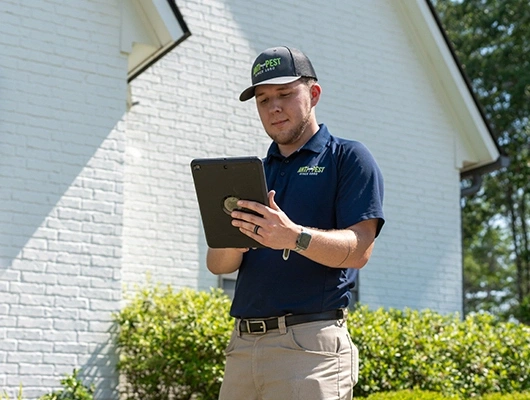
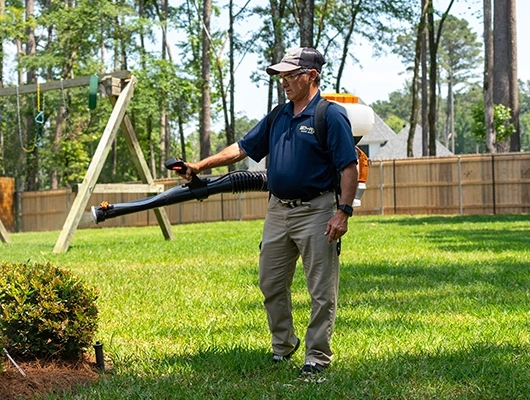
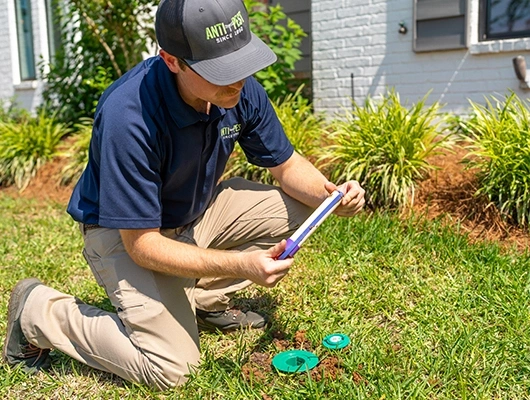

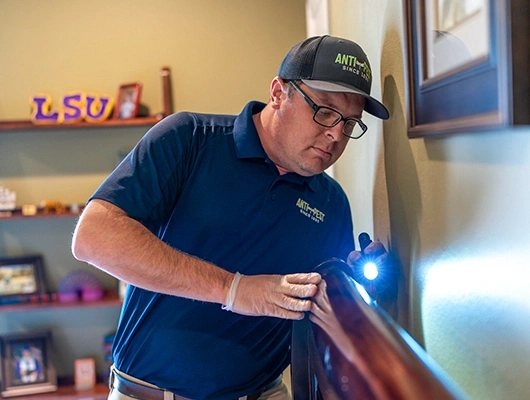
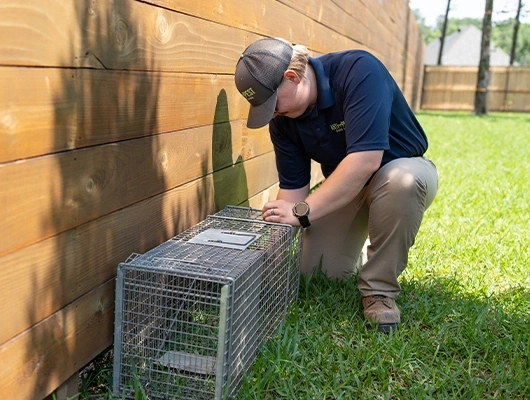
News, Blogs, & Articles
Anti-Pest Blog

